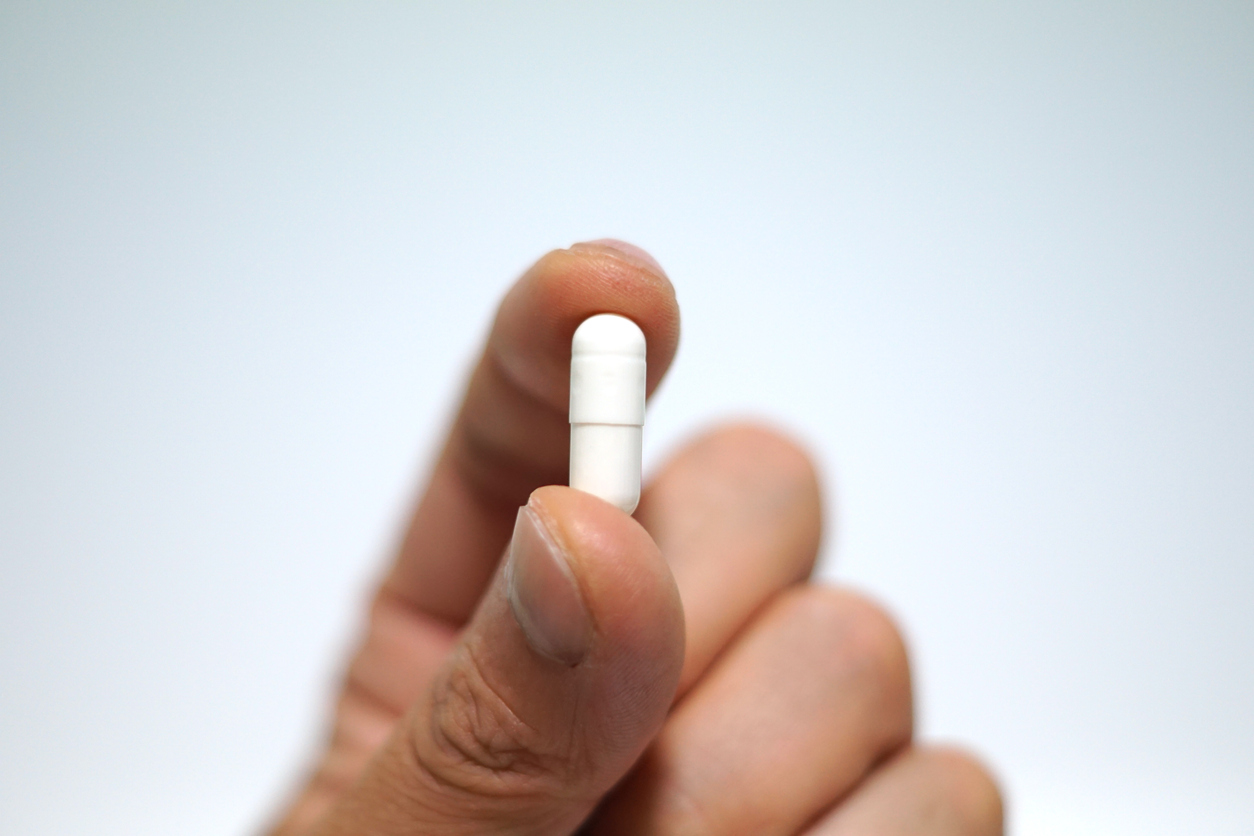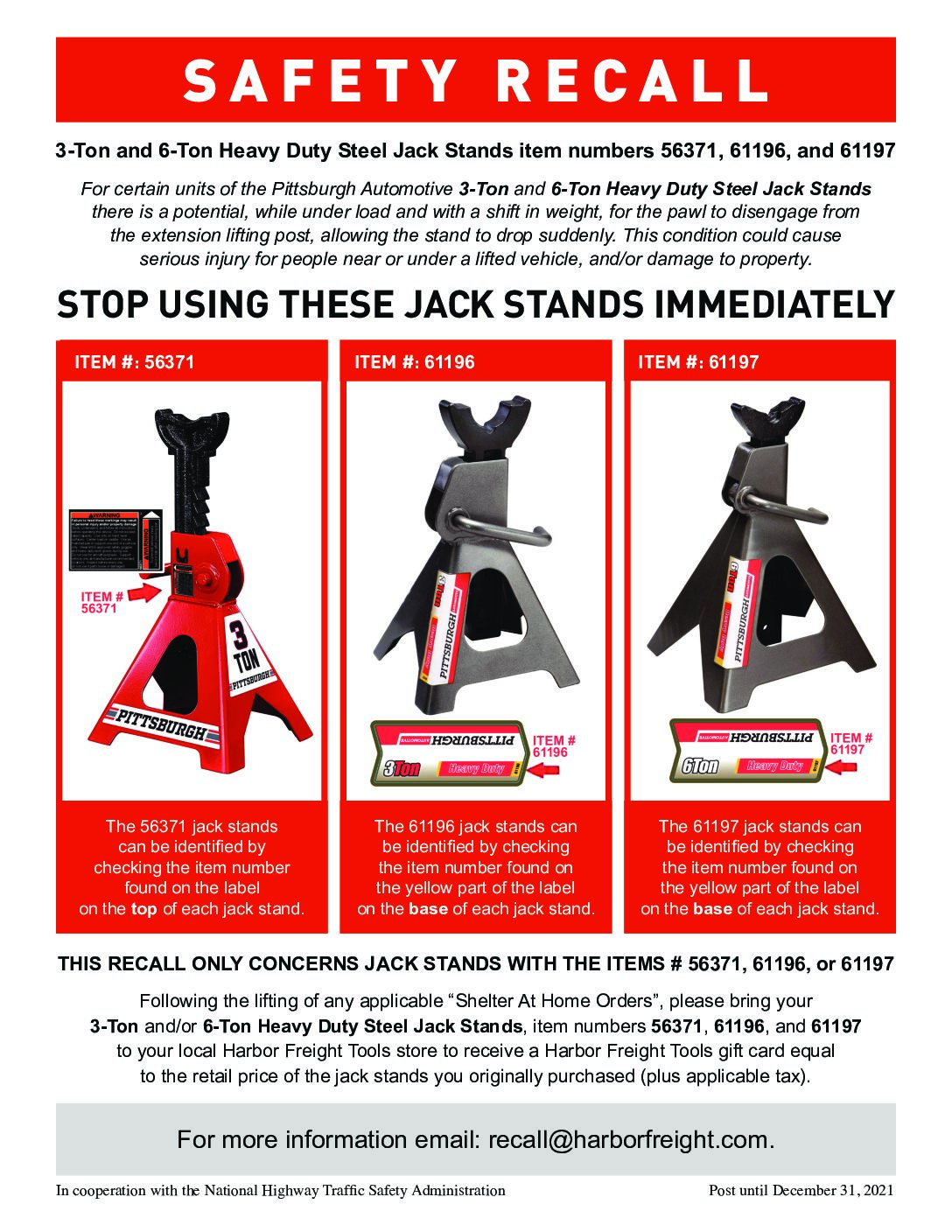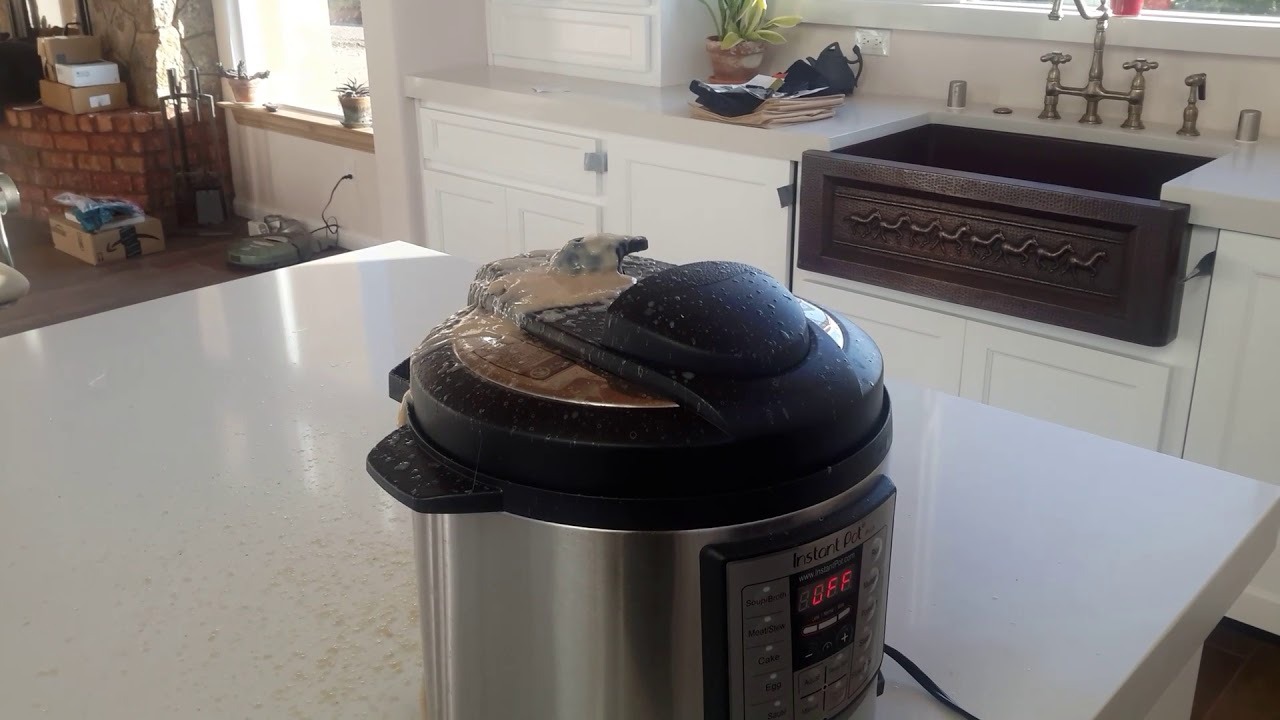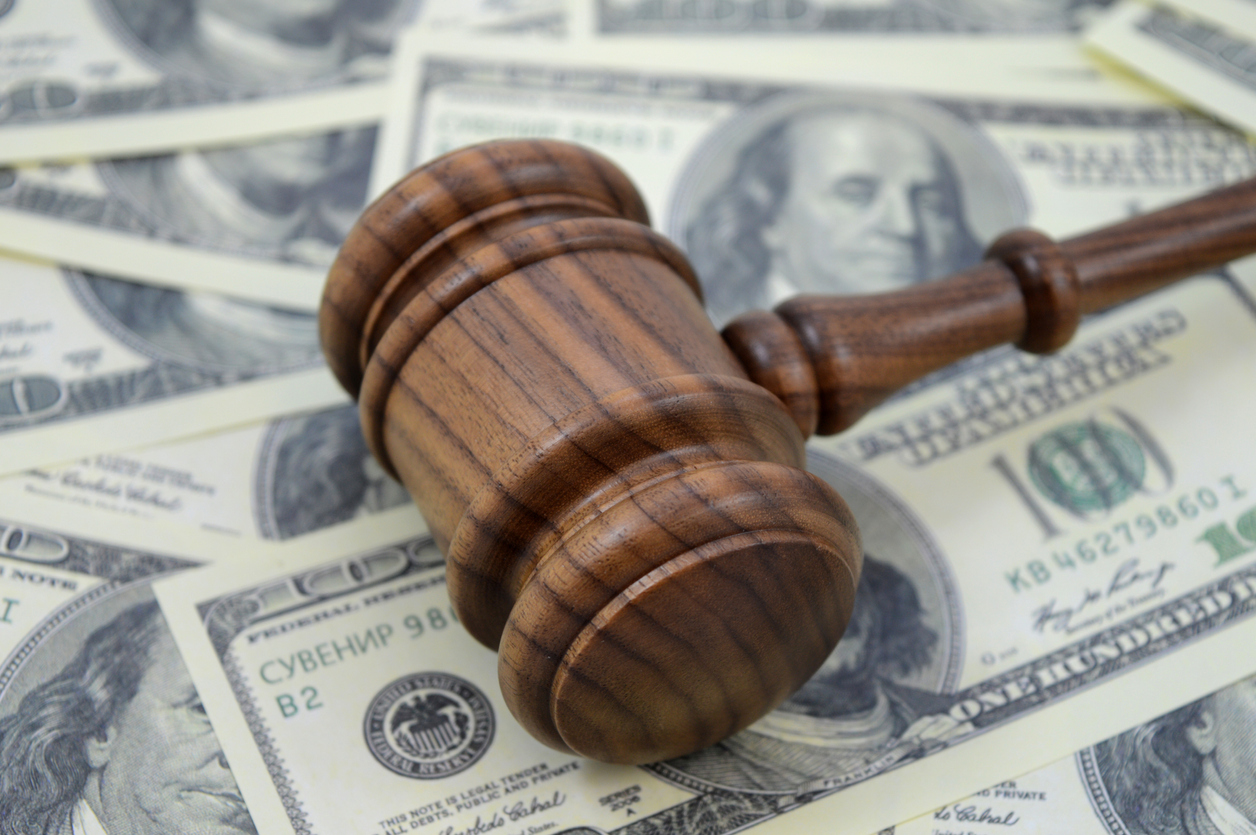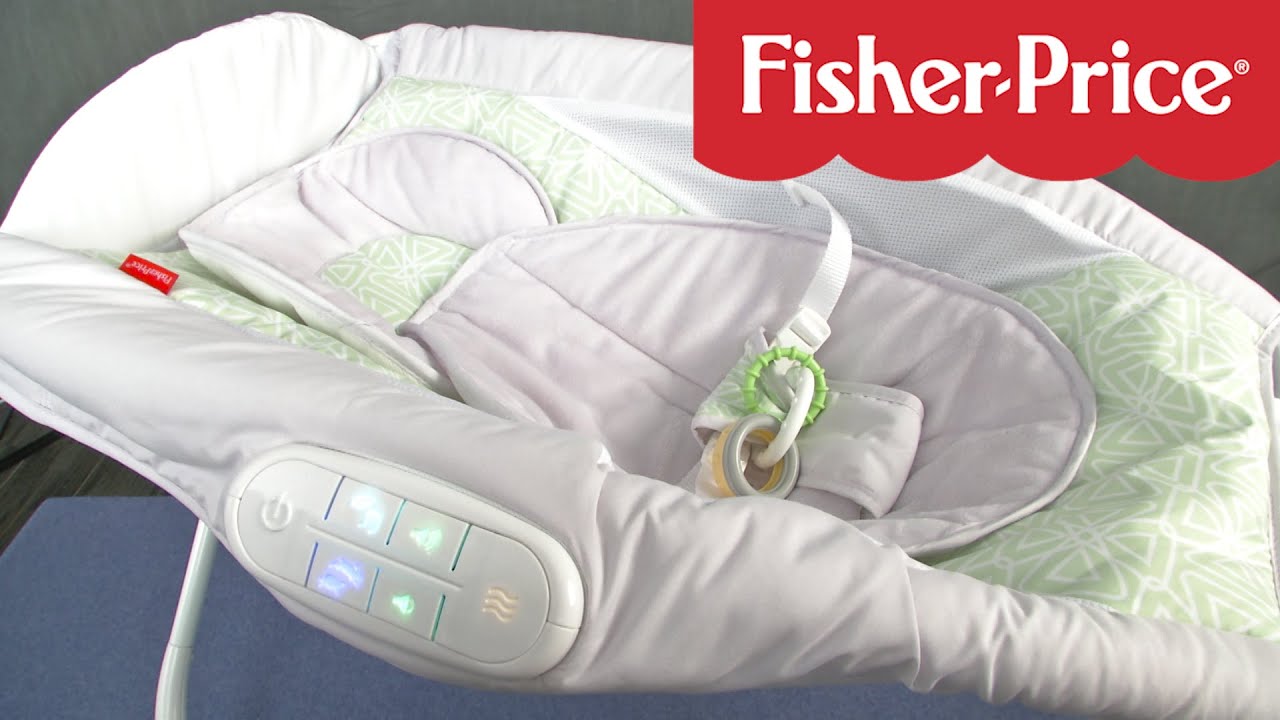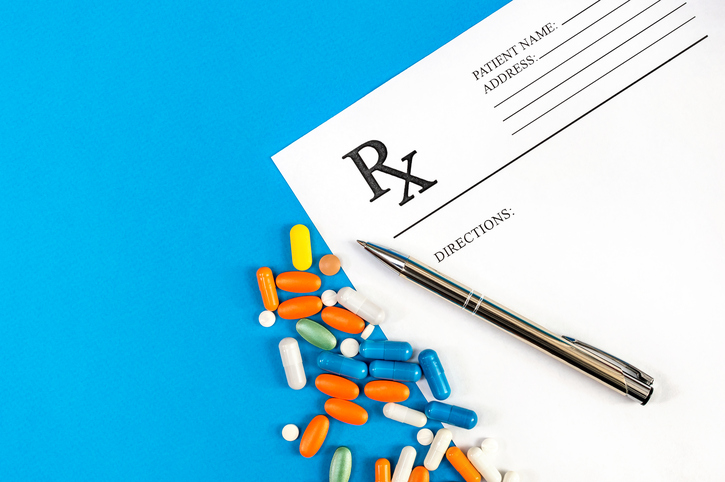
In June, the U.S. Food and Drug Administration approved the first generic version of Suboxone, a drug used to treat opioid dependence, to be placed on the market.
Suboxone (buprenorphine and naloxone) is used to treat the devastating side effects that come alongside withdrawals from opioid abuse.
The FDA approved the under-the-tongue remedy to help combat the United States’ opioid addiction, which has been labeled an epidemic. With the widespread availability of pharmaceutical opiates on and off the market, it only makes sense for generic Suboxone to flood the market as well.
Used on a daily basis, it helps to lessen withdrawal symptoms. More importantly, it prevents the user from achieving the desired high if they relapse on opiates.
The generic version of Suboxone will allow more patients the ability to access prescription help by providing a wider availability of options for those with or without health insurance, or those on a limited budget.
The way the system is currently set up keeps addicts on a waiting list to see a physician, typically at clinics which are known for exponentially long waiting times. Addicts don’t have lot of time to spare when they express an interest in getting sober. Therefore, the availability of the generic drug will become useful to help those in need.
Generic versions do not come with the high price associated with brand names. This makes access easier for low-income patients. Currently, Suboxone costs roughly $200 a month without health insurance. In 2012, Suboxone sales peaked at $1.55 billion and was titled a “blockbuster” drug, according to an article in the New York times.
The staggering numbers of opioid use and addiction in the United States are harrowing at best. The U.S. Department of Health and Human Services estimates that 116 people die each day from opioid overdose.
The HHS and FDA are working together to come up with a 5-point strategy to help battle the crisis that has taken the nation hostage.
The strategy includes:
- Better addiction prevention, treatment and recovery services
- Better data
- Better pain management
- Better targeting of overdose reversing drugs
- Better research
Though it can be habit-forming itself, Suboxone is effective in helping to taper off withdrawal symptoms and lessen “dope sickness.” FDA Commissioner Scott Gottlieb, M.D., indicated the positive outcome of generic Suboxone to treat opioid dependence, “Patients addicted to opioids who are eventually treated for that addiction, and successfully transition onto medicines like buprenorphine, aren’t swapping one addiction for another, as is sometimes unfortunately said.”
Suboxone film does come with side effects but is useful to avoid the shock the body goes into when quitting opioids without any medical assistance.
Side effects of Suboxone film:
Oral hypoesthesia (numbness)
Glossodynia (burning mouth)
Oral mucosal erythema (inflammation of oral mucous membrane)
Headache
Nausea
Vomiting
Hyperhidrosis (excessive sweating)
Constipation
Insomnia
Pain and peripheral edema (accumulation of fluid causing swelling in lower limbs).
Gottlieb indicated that used in combination with psychological, medical and social services, “medication-assisted treatments are often the most effective approach for opioid dependence.”
The bold move by the FDA is certainly a step in the right direction but the battle is far from over. Those seeking help are encouraged to contact the Department of Health and Human Services to get more information on rehabilitation remedies.
